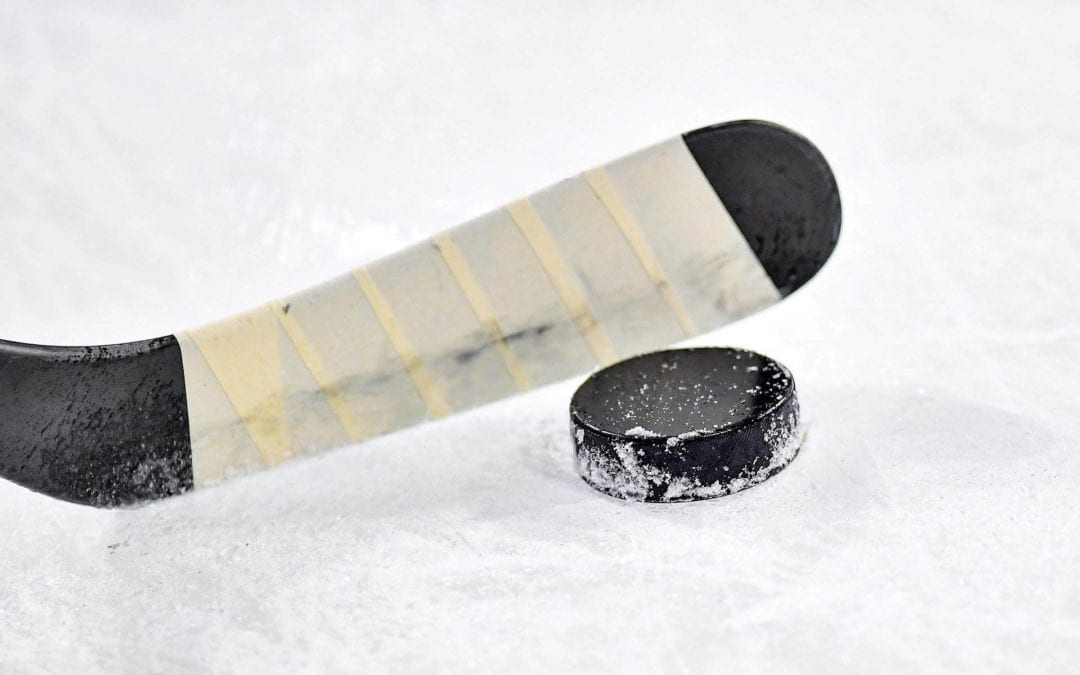Hockey is a very strenuous sport, with injury risk nearly any second of the game. The team at Missouri Orthopedics can help you get back on the ice!
While most of the St. Louis Blues were enjoying a (brief) Thanksgiving break after their game against the Tampa Bay Lightning, forward Oskar Sundqvist was recovering from a foot injury sustained after contact on the ice.
Sundqvist was placed on the Blues’ IR (injured reserve) list, putting him out of commission for at least seven days. Fortunately, the forward’s injury proved to not be as serious as originally thought, with doctors hopeful about his return to the ice.
Though details have not been released about Sundqvist’s injury, foot and ankle injuries are surprisingly common in hockey, despite protection from sturdy boots.
Sprained Ankles
Though the support of skate boots means sprained ankles are less common than in other sports, they still occur. Most often when the skate is caught in a rut in the ice and the ankle bends outward, or when a similar motion occurs during a fall forward. Recovery time for sprains isn’t as long as other injuries, but it does require the R.I.C.E. method–rest, ice, compression, and elevation.
Skate Bites
An injury unique to ice hockey, “skate bites” occur when the top laces of the skate press too tightly into the foot, compressing veins and leading to pain, inflammation, and swelling when the skate is removed. The standard treatment is NSAIDs, ice, and the addition of a protective cushion inserted into the skate.
Additionally, some players have taken to leaving the skate tongues down to loosen the tops of their skates, but this can lead to cuts from skate blades when colliding with other players and is not recommended.
Toe and Foot Fractures
The most serious foot injuries are fractures that occur from traumatic contact with the stick, puck, or–in rare cases–another player. Hockey’s reputation as being a very physical sport requiring tough athletes means many players continue playing with a fracture, something that only compounds the existing issues.
While many fractures will not require surgery to set, they do require complete immobilization for six to eight weeks, with the player wearing a special boot (as Sundqvist was seen wearing) and maneuvering on crutches.
It is likely Sundqvist experienced a foot fracture or perhaps a bad sprain, in which case his injury will still take time to heal. If you’ve experienced a similar injury, no matter how minor you think it is, make sure to be seen by a doctor. Contact the sports medicine specialists at Missouri Orthopedics and Advanced Sports Medicine today and we’ll set you up with all the tools you need to get back on the ice as quickly as possible!

